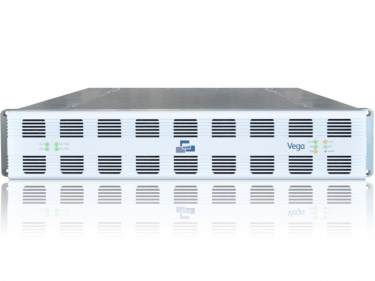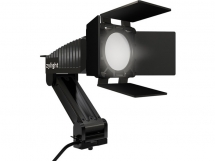| Українська | English | |||||||||||
|
|||||||||||
| News | About company | Service-centre | OB Van/SNG Rental | NextGen Energy Solutions | Contact us |
|
|
Engineering Service, Inc.
» News News Snell asymmetric video router range offers increased flexibility with new mixed audio/video and audio only operation
Quantel announced today that the Snell Vega range of asymmetric routers now supports mixed video and AES audio routing as well as audio-only operation. This new development brings Vega power and versatility to a wider range of applications while delivering significant cost and real-estate savings to users. Any combination of video and audio signals can now be accommodated within the Vega chassis, including both Unbalanced and Balanced AES audio. All ports are bidirectional and are software-configurable to deliver any combination of inputs and outputs thanks to Vega’s asymmetric architecture. In addition, new audio-specific features have been added, including: support for mono and stereo routing; the ability to breakaway single channels from stereo pairs; Mixed AES and Dolby E routing; and sample-rate conversion of asynchronous audio inputs. Existing Vega owners also benefit from this development; just a simple controller update enables new AES audio modules to be retrofitted to all existing Vega systems. Vega routers are available with either 96 or 192 ports in any combination – even just one input and 191 outputs, for example. Vega’s fully asymmetric routing minimizes I/O port wastage, saving as much as 50% in space and cost compared with conventional systems. Control is via a browser-based plug-and-play GUI, complemented by hardware control panels and external control systems. “Vega has built an enviable reputation with its many users around the world not only for its rock solid reliability but also because of the flexibility inherent in its asymmetric architecture,” said Robert Rowe, managing director of Live TV at Snell. “Adding full AES audio routing capabilities to Vega routers while retaining their unique flexibility makes them an even more compelling proposition for broadcasters and post houses looking for a routing platform that can meet all current needs and change to accommodate future requirements as they arise without the need to replace or reconfigure critical infrastructure.” « To the list of news |
|
|||||||||||||||||
 |
+38 (044) 593-18-20 +38 (073) 593-18-20 +38 (096) 532-96-82 +38 (095) 532-96-82 Service center Telegram @Engineer_Service |

|
|
|||||
 |
e-mail: engineer-service.tv 15 Vavylovykh str., Kiev, 04060, Ukraine Authorized service centre of Panasonic, Sony, JVC, Fujinon, Canon |
|||||||








